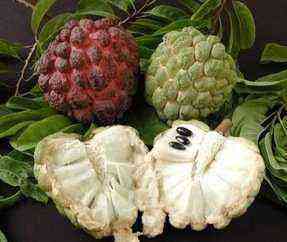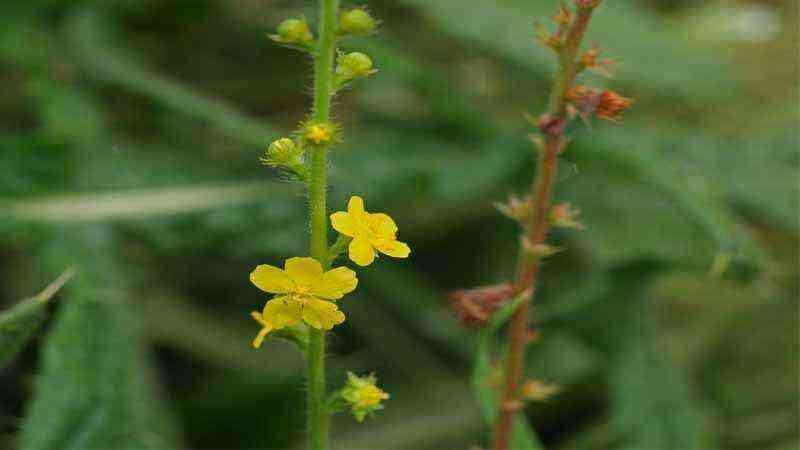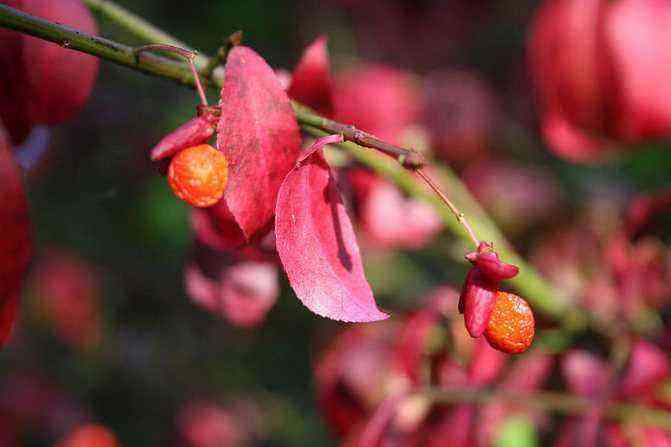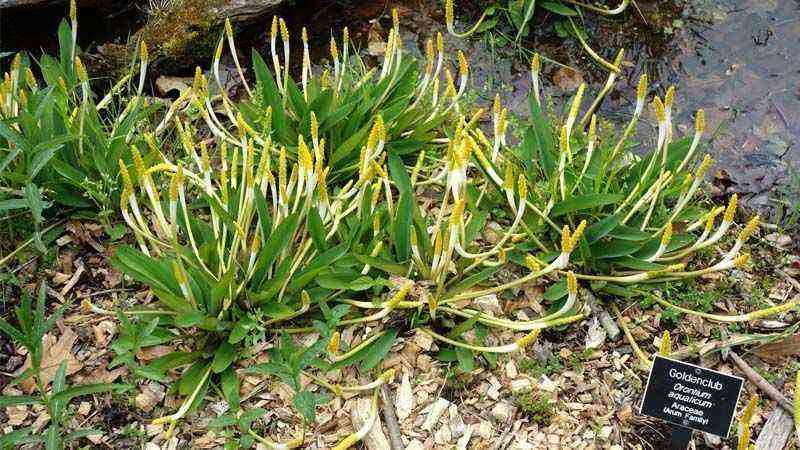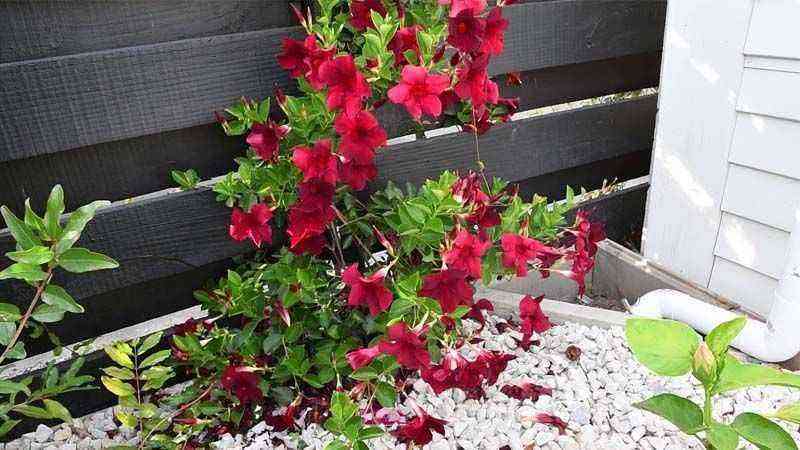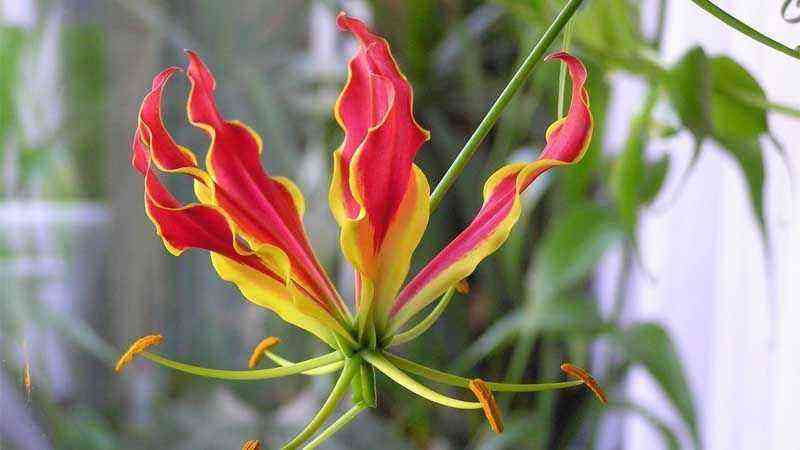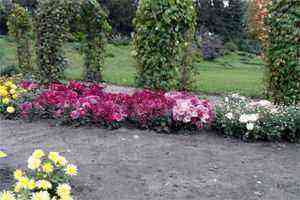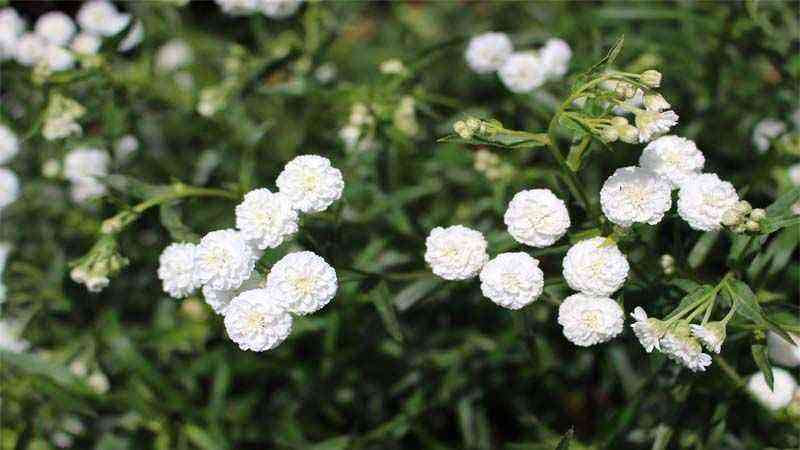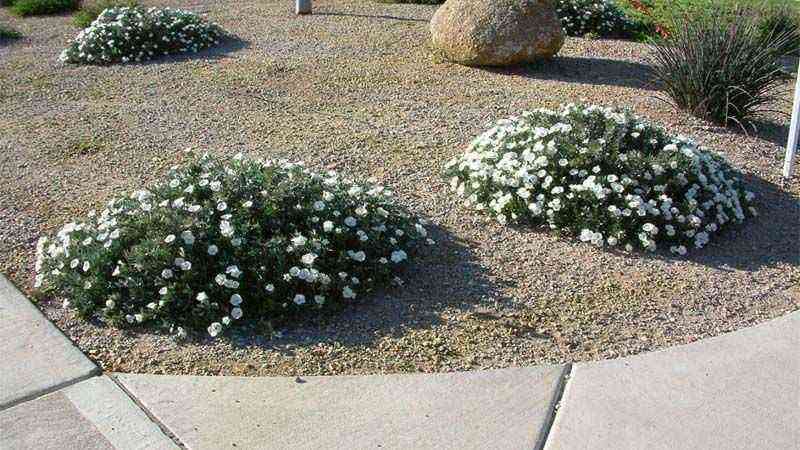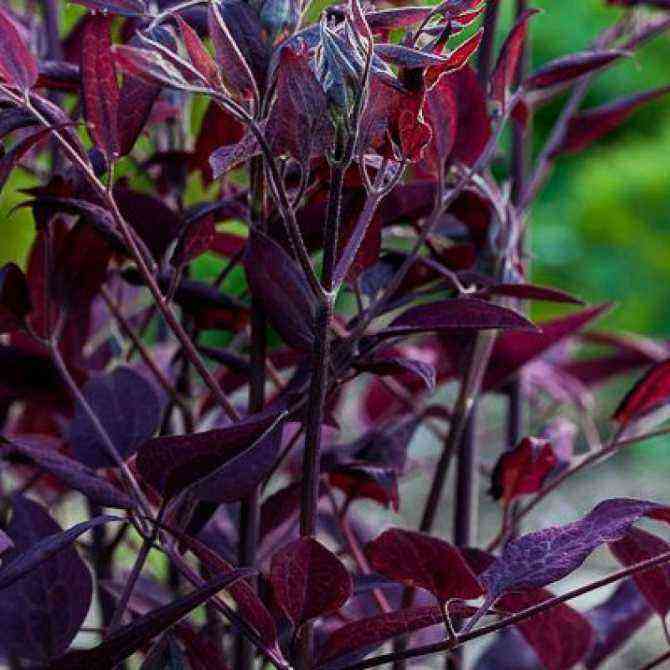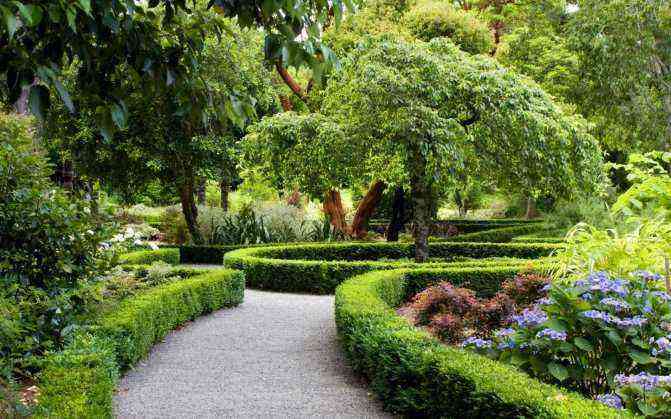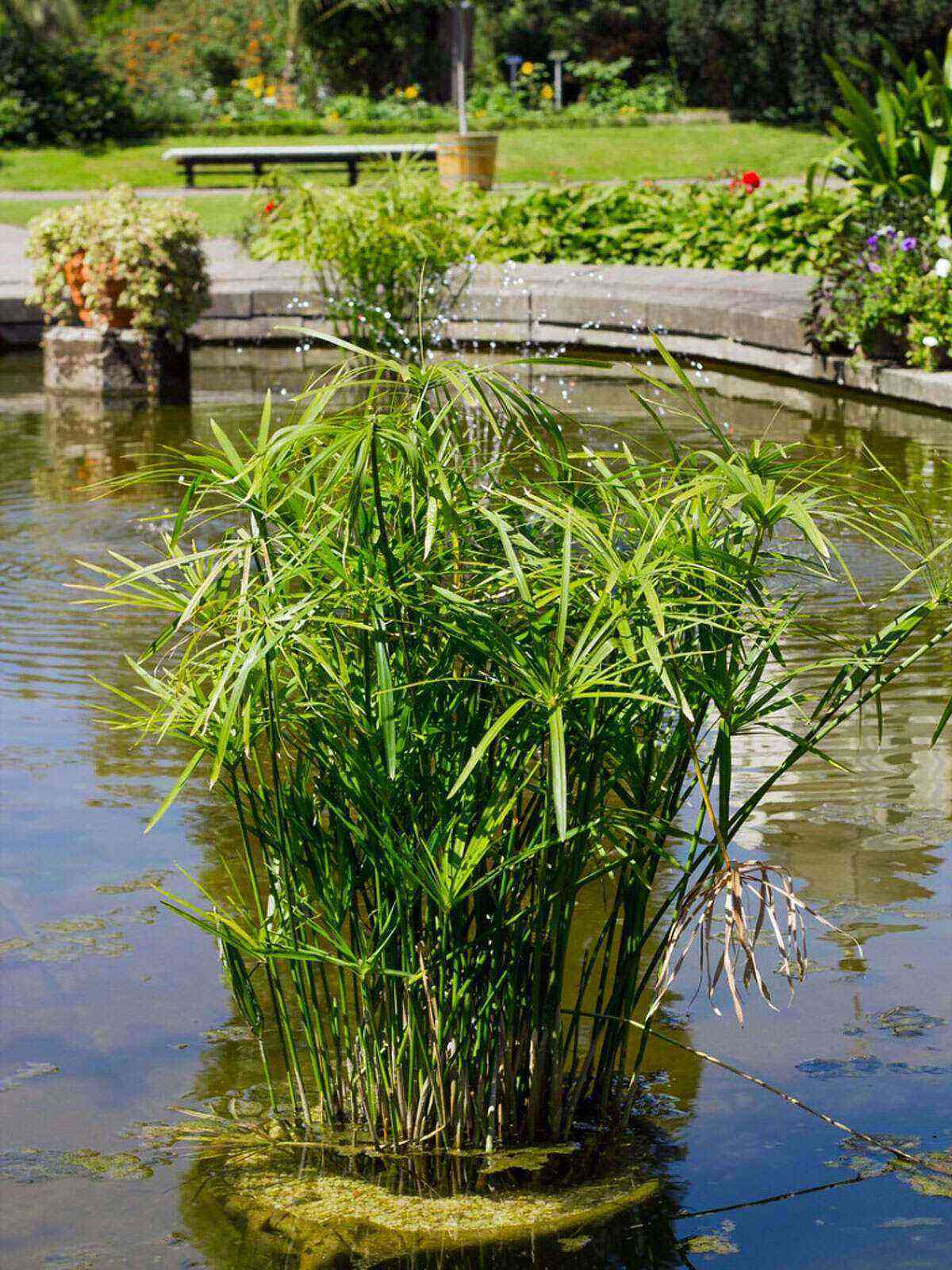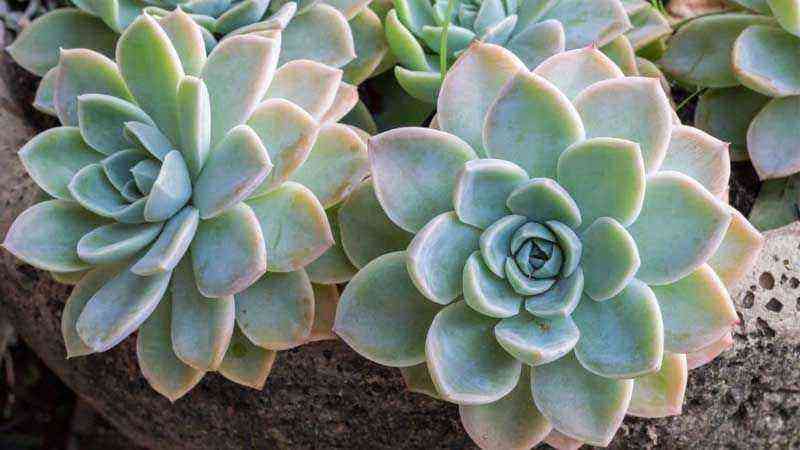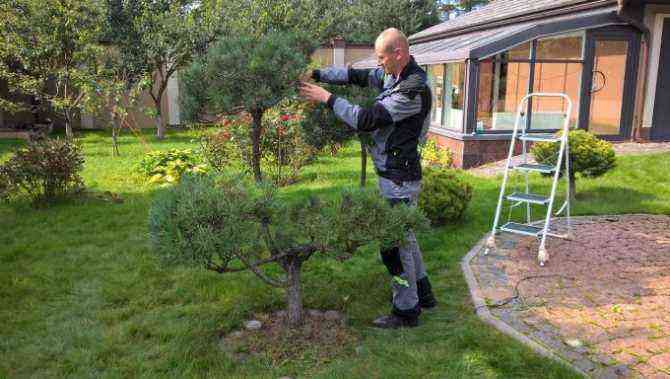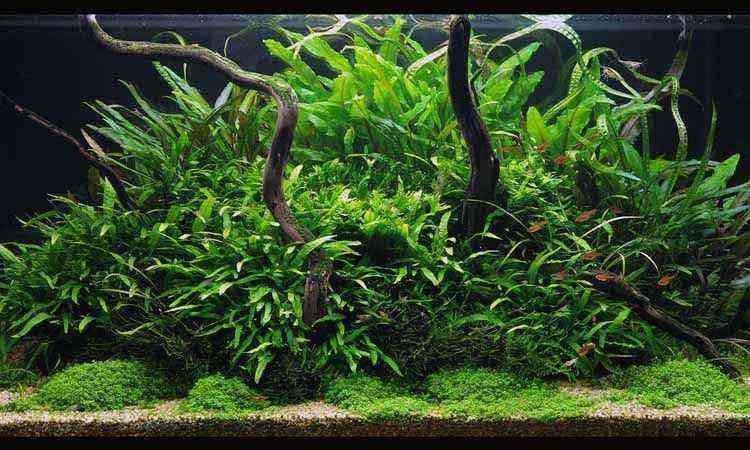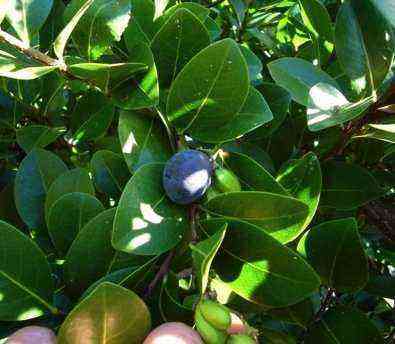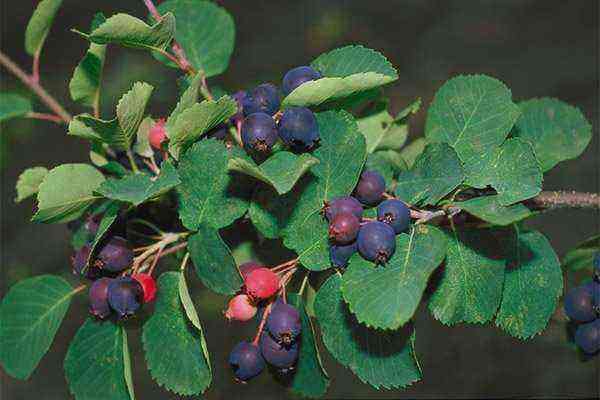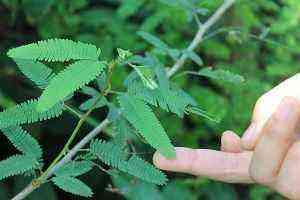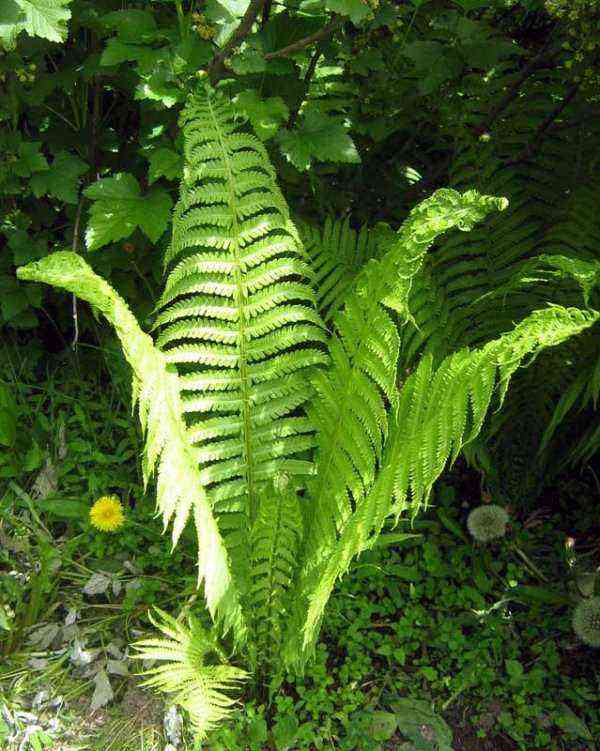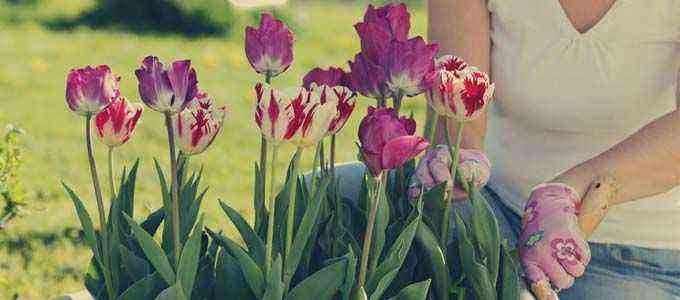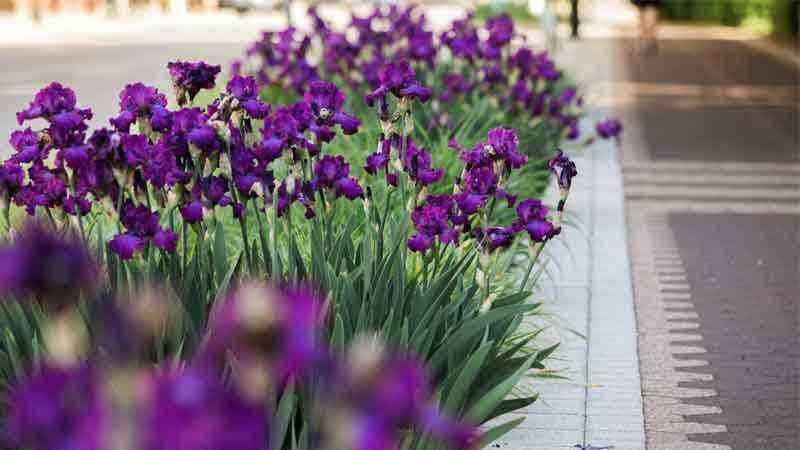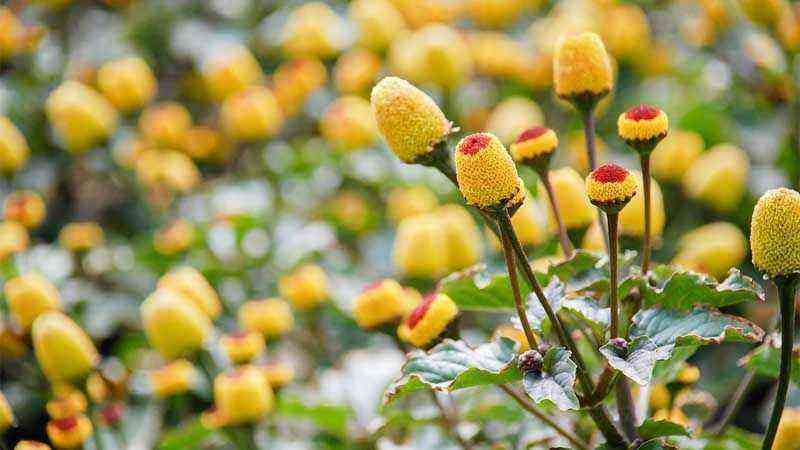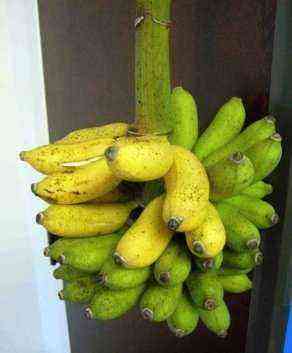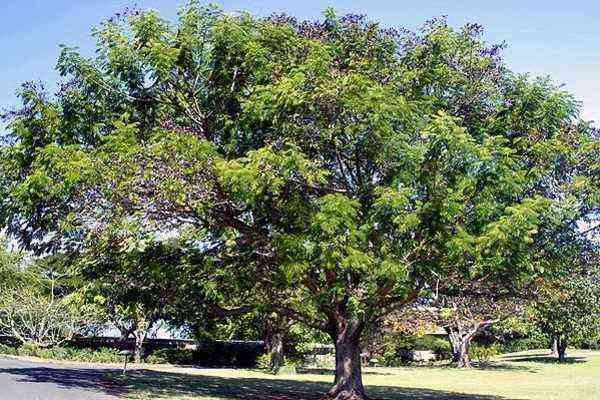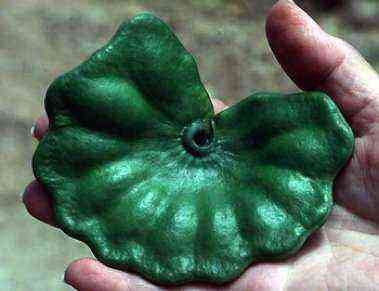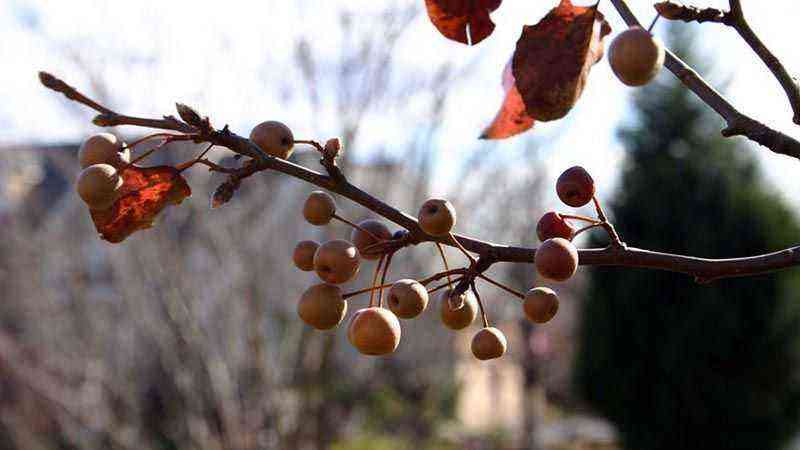In order for the garden to attract the attention of the owners and guests, there must be a lot of greenery in it. Often people choose exactly the same one to decorate the site near their home. This coniferous plant pleases its owners with beauty and grace, as well as resistance to temperature changes. In addition, they can be used to create any composition.
Also, this evergreen tree is able to cleanse the air from pollution. In addition, many people use it for medicinal purposes. Therefore, you can not worry by choosing exactly the same one for your site.

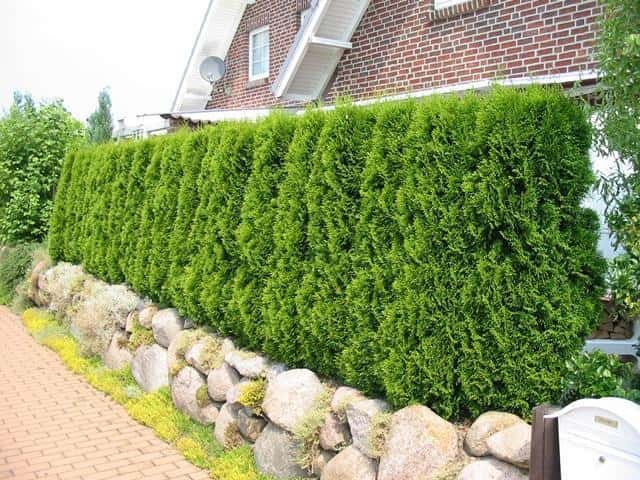
There are several types of this tree. One of the most common is Western thuja. All of them are able to survive heat and cold, and even lack of moisture. Therefore, such a plant is quite unpretentious, which means that everyone can plant it in their summer cottage.
Many gardeners may be interested in the question of what it is worth feeding the thuja in the spring so that it grows quickly? And also where to look for fertilizer and how to use it correctly? And what mistakes are better not to make in order for the plant to please the owners for a long time? All answers to these questions will be discussed in the article.
How to choose spring fertilizer
In order for the thuja to grow and delight its owners, it is important to learn how to properly care for it. In the spring, the plant will need to be fertilized.
In order not to harm the plant, you need to seriously approach the choice of fertilizer. A ready-to-use fertilizer can be found on the market.
One of the most popular products is Zircon. A large number of people have tried it. The solution is able to strengthen the roots of the plant, as well as improve the absorption of all important substances. In addition, this substance effectively helps thujas to cope with diseases. And all because it perfectly resists viruses.
In addition, “Bioud” has proven itself on the positive side. It is used three times during the spring. It provides the tree with the necessary trace elements.

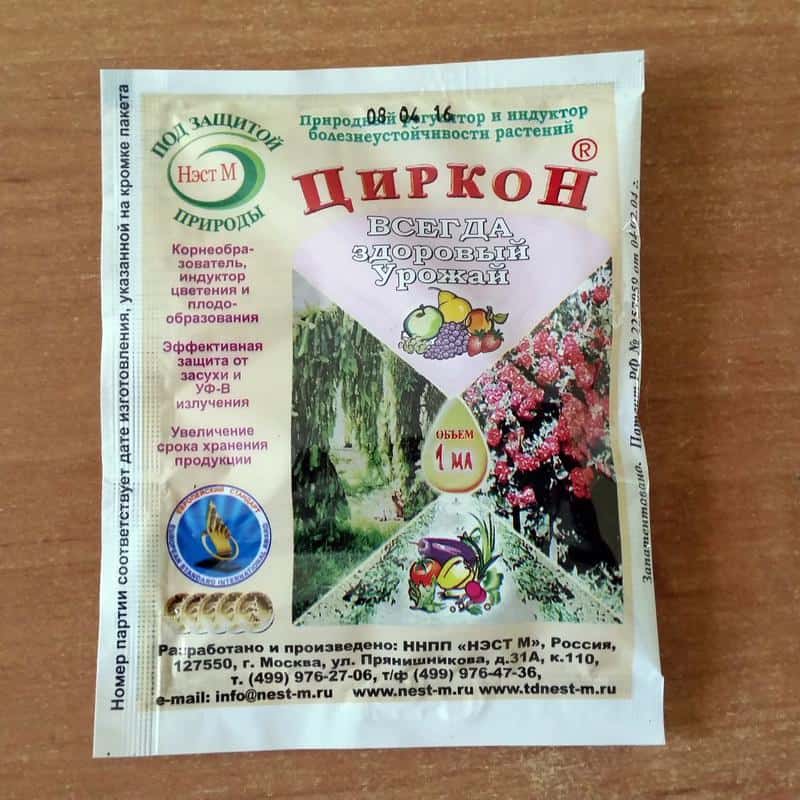
Fertilizer for thuja in the spring can be selected and natural. It will have a beneficial effect on the whole tree. For example, this is the well-known compost.
Also, it is worth giving preference to mineral or water-soluble products.
Top dressing of thuja in summer
If the tree is well fed in the spring, fertilization is not necessary in the summer. But if at the beginning of the season the thuja was not given anything, then the summer feeding is definitely not worth skipping. At this point, it is necessary to add any mineral or organic matter, with the exception of nitrogen. Moreover, it is better to carry out foliar processing – to spray the crown in the late evening.
Another option is to carry out processing with biohumus preparations, for example, add potassium humate. This is a very rich dressing that is added in low concentrations. At the same time, they are treated with fungicides (for the prevention of fungal infections):
- Fitosporin K;
- Fitosporin M.
Both drugs also perform the function of feeding – along with them, potassium or magnesium gets into the soil (in accordance with the designations on the package).
Features of thuja fertilization
The ornamental plant itself is not whimsical and does not require special care. It can grow and delight its owners even without feeding. This process is facilitated by the presence of mineral substances in the soil. But if the soil is not good enough, then it is better to make sure that it receives as much of the necessary substances and minerals as possible.
Did you know! Tui should be fed only in summer and spring. This process begins in early spring and ends at the end of August. It was at this time that the earth was already warmed up.
At other times of the year, this should not be done, as this can lead to the growth of shoots in the winter.
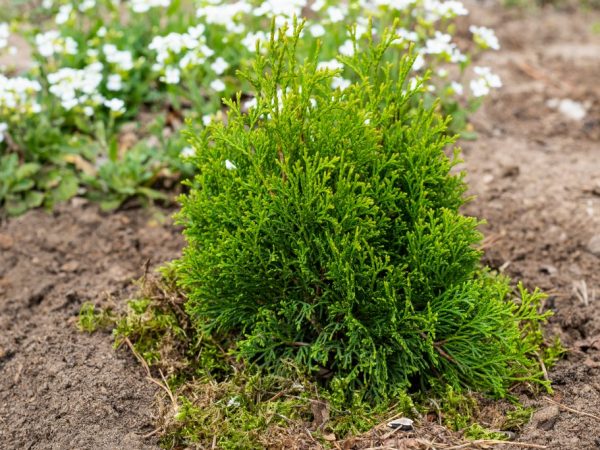
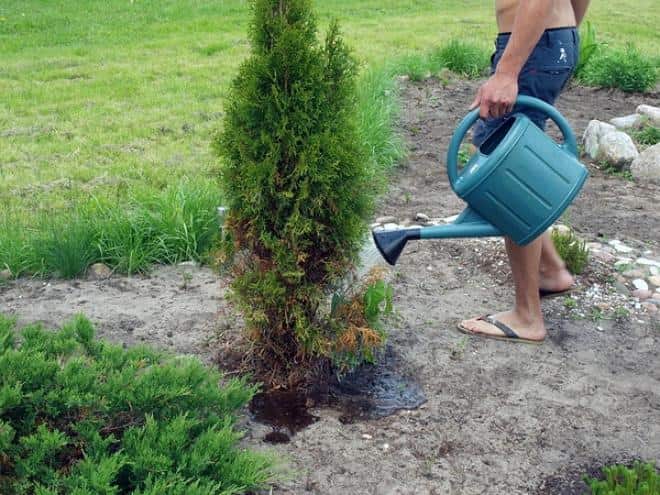
Thuja fertilizing should be moderate. With the arrival of cold weather, it stops. If you use a high concentration of fertilizer immediately after planting in the spring, you can harm the root system of the tree. Better save it for next year.
The very process of feeding after planting should occur in two years.
Mycorrhizal preparations for thuja
Mycorrhizal vaccines can be used in addition to fertilizers. The preparations contain mycorrhizal fungi, which have the following effect on plants:
- increase the absorbency of the root system;
- improve water supply;
- reduce sensitivity to environmental stress;
- increase resistance to fusarium, late blight and other diseases;
- stimulate root growth;
- increase the availability of nutrients.
With proper feeding of thuja, proper care, the plant will delight with a beautiful appearance, green needles.
What is mulching
Mulching is the coating of the upper layers of the soil with special substances for the protection and growth of plants. For this process, you can use sawdust, peat or bark. Their layer should be several centimeters.
Thanks to mulching, you can:
- protect the root system of the plant;
- get rid of soil pollution;
- save the plant during cold weather and heat;
- keep it from weeds.
This is a very rewarding process. Also, gardeners often use it for decoration. But you need to do it carefully so as not to harm the plant.
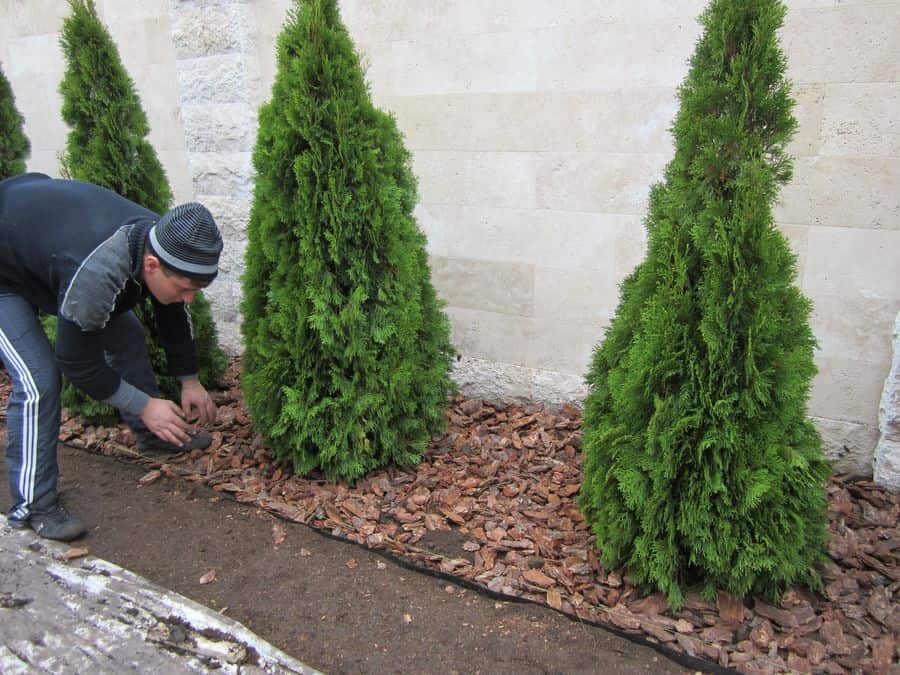
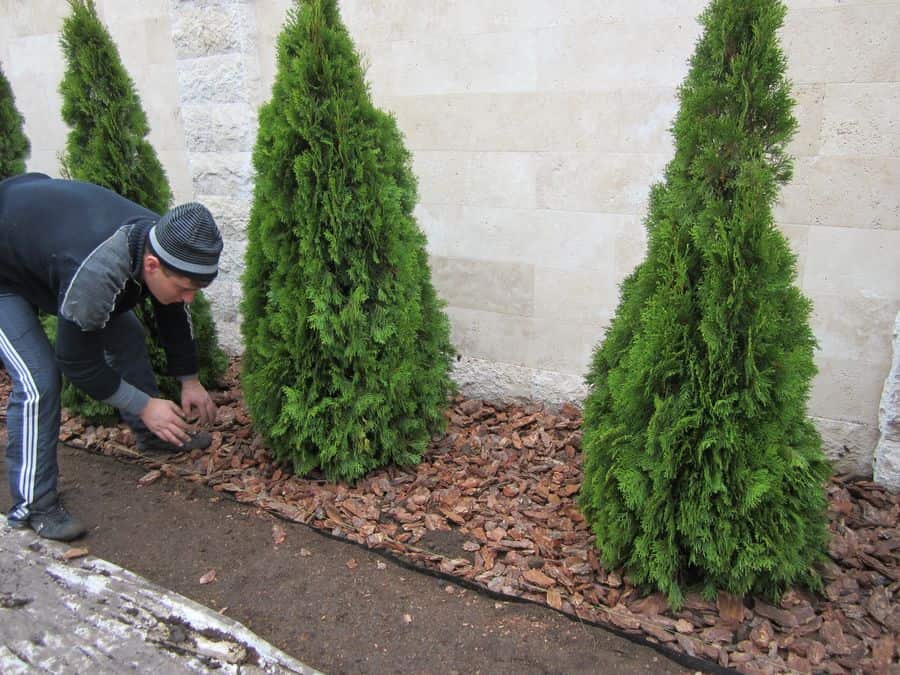
How to feed thuja in spring so that it does not turn yellow?
Before taking action, it is necessary to identify the reasons for the yellowing of thuja:
- Burns – in winter, the sun, reflecting off the snow cover, burns the weakened scaly leaves. To preserve the needles, in February the plant is covered with gauze or a mosquito net.
- The spread of diseases or pests – it is necessary to carefully examine the crown, remove injured branches, and select debris. The appearance of yellow ulcers indicates the presence of a thuja false shield. If you do not take action, the entire trunk will soon turn yellow, the thuja will die. The plant is treated with insecticides – Aktellik, Rogor, Oksikhom. For preventive purposes, it is sprayed with a solution of Bordeaux liquid twice a year.
- Root decay – thuja loves moisture, but does not tolerate stagnant water well. It is planted only in a well-drained area. With an excess of moisture, the needles turn yellow, mold appears. If the plant has not been in the water for long, the damaged branches are cut off, the crown is treated with an antifungal agent. In the case of a close occurrence of groundwater, a transplant is required to another part of the garden, otherwise the tree will die.
To accelerate the recovery of needles, growth stimulants are used. At the same time, the plant is fed with a complex fertilizer for conifers. The biostimulator Ecogel-Antistress demonstrates a good effect. It accelerates growth, increases disease resistance, and triggers internal defense mechanisms.
Fertilizing and mulching
It is imperative to use thuja fertilizer for thuja. They will help to grow a beautiful and healthy tree that will delight its owners for a long period of time. But to do this you will need to make an effort. Many people will probably want to know how to fertilize properly?
How to apply dressings under the thuja in spring
Thuja should be fed in spring. The first feeding should take place at this time of year. It is applied under the root of plants. You can choose either dry or wet. It is best to use compost. It must be carefully poured near the tree trunk, and the remainder must be mixed with the top layer of soil. In this case, care should be taken not to hurt the roots of the plant. Humus is introduced in the same way.
There are also fertilizers that are produced in the form of granules. They should be applied gently over the entire wet soil surface. They can also be gently mixed with the soil. It is worth remembering that when using them, you cannot come close to the trunk of the plant.
Do not forget to dilute water-soluble preparations with water according to the instructions. Before using any product, you need to know exactly how to use it correctly so as not to harm the plant.
You need to be careful with thuja. The recommended dose for feeding cannot be exceeded. Otherwise, it can lead to disease and even death of the plant. Indeed, in the case of abundant application of fertilizers, the roots of the tree can burn out.

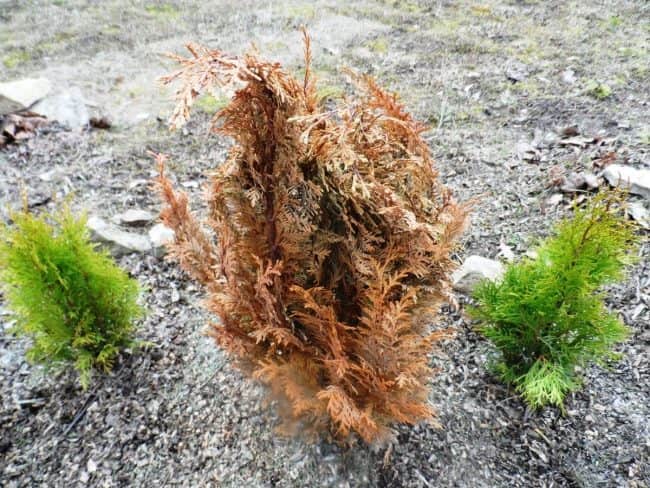
Thuja should be watered regularly in spring. During this period, it requires a large amount of moisture. Therefore, there should be a lot of spring watering. Especially when they are accompanied by fertilization.
Basic rules of procedure
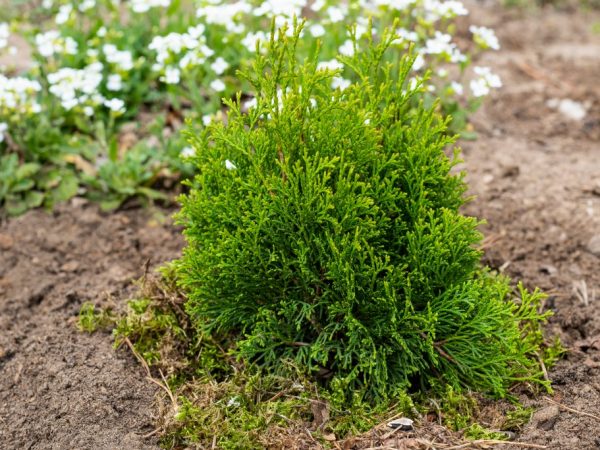

The soil must be moistened before feeding.
- The interval between the introduction of compositions with different elements should be from 2 weeks or more.
- In autumn, the use of all mineral and organic complexes is stopped, because late stimulation of vegetation processes negatively affects future wintering, with the exception of conifers grown in southern areas.
- A day before the scheduled date of feeding, the near-stem circle is watered with water in order to moisten, fertilizer is not applied to dry soil.
- Mineral complexes alternate and do not use together those that contain the same components, because there will be an oversupply.
The main mistakes gardeners make
Every gardener can make mistakes. They lead to diseases and death of plants. Therefore, it is always better to learn from others, not your own mistakes.
Firstly, it is worth remembering that you cannot feed an evergreen plant in winter and autumn. It is better not to do this at other times of the year.
Watering the plant during planting should be abundant. And later it should be reduced to once a month. Many gardeners forget about this and overflow the plant.
Many people make a gross mistake. For better plant growth, they use a huge amount of fertilizer. But at the same time, the roots of the thuja can simply burn out.
Why is this happening? The fact is that gardeners think that if a plant grows slowly, it means that it needs to be fed. But this opinion may be wrong. This problem can develop for many reasons. For example, lack of sunlight.

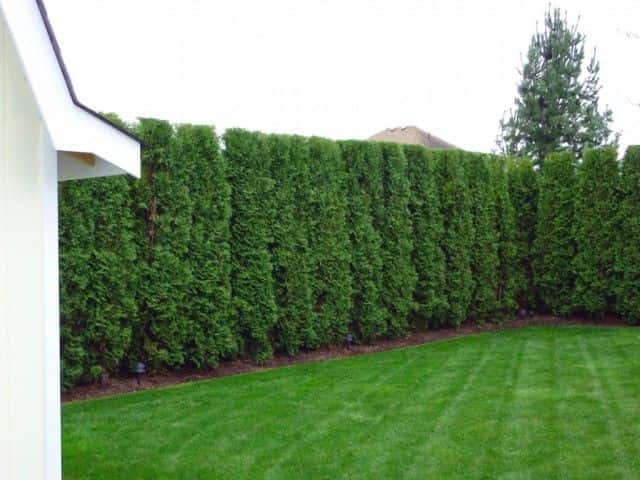
You should also pay attention to the fact that many experts in gardening are planting thuja too close to one another. In this case, it will be difficult to feed or mulch the plants. Better that there is a distance of half a meter between the trees.
Top dressing of thuja in spring
Autumn care for thuja
With proper care in the fall and the necessary operations to prepare the plant for winter, you will provide it with the necessary conditions for successful wintering. What you should pay attention to:
- Plant feeding.
- Stimulation of the root system.
- Watering.
- Pruning.
Stopping the application of nitrogen fertilizers
In the fall, you should stop feeding the thuja with nitrogen. This fertilizer stimulates the formation of young shoots. By the beginning of cold weather, they will not have time to get stronger and may die over the winter. Top dressing with this fertilizer should be carried out for the last time in mid-August.
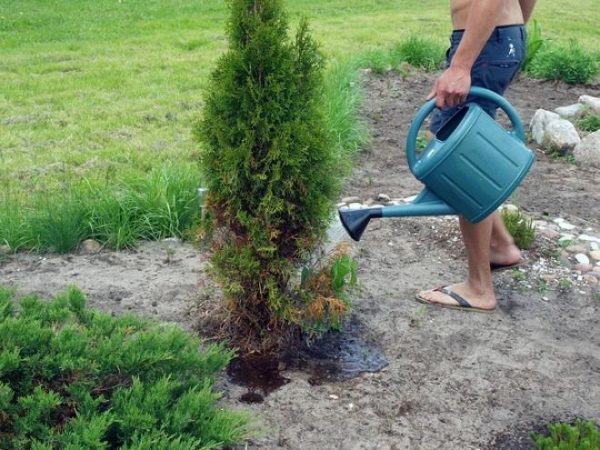

Root system stimulation
Another, no less important operation that you must carry out in order to properly prepare the thuja for winter is to stimulate the root system. Not everyone needs it, but only young shoots and those plants that were transplanted to a new place before winter. To do this, treat the shrub with drugs that stimulate root growth: Kornevin or Zircon. Dilute the preparations in 10 liters of water: Kornevin – 10 g, and Zircon – 40 drops. Water the tree with the resulting solution. A few days after this procedure, it is required to water the bush with 30 liters of water, pouring it into the trunk circle. This procedure is needed to drink moisture from the roots and prevent them from freezing.
Watering
If the region in which you live is characterized by autumn without a lot of rainfall, then you should regularly water the thuja. The coniferous bush loves moisture, but keep in mind that its excess will lead to rotting of the roots. Water the plant abundantly before winter. Then the moisture will saturate the roots for a long time, and the frozen ground around the bush will protect them from hypothermia due to the longer freezing of the soil.
Trimming
Pruning is another essential step in the fall maintenance of a coniferous tree. It provides him with healthy development and beauty of form. It is very important not to overdo it when pruning a coniferous bush in the fall. If you bare him too much, then he will not have time to recover and may not endure the winter cold.
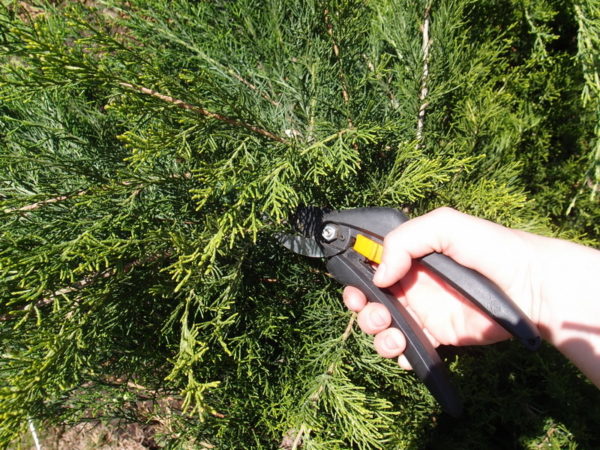
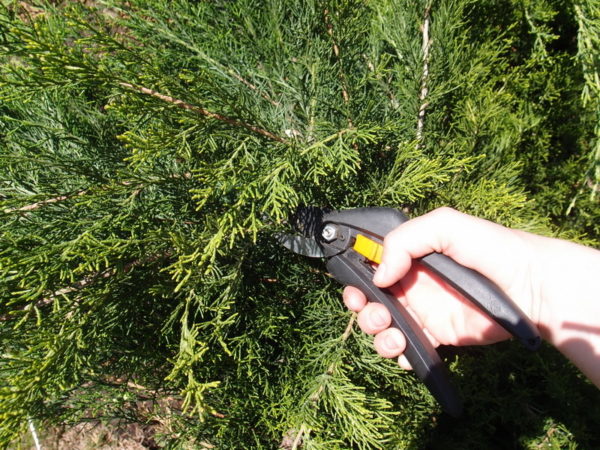
What is pruning for? You need to prune, first of all, to remove dry and diseased shoots. Untimely processing can lead to the death of the entire thuja.
It so happens that not all of the branch is affected, but only a small part of it. Then you shouldn’t delete it completely. Cut off only the affected part. You can only run your hand along the branch, and the dried, diseased needles will fall off by themselves. You may well expect that in the place of the fallen, healthy needles will grow and the tree will be saved.
Additionally, the thuja is cut to correct the shape. To keep the bush in its original appearance, cut the trunks that have grown strongly upward. This will also allow the side branches to grow. By pruning the tree, you create good air circulation and protect it from pests.
Methods for correct fertilization
Rooting
The root method of fertilization involves the use of mineral preparations in dry or liquid form, followed by embedding. By the same principle, organic matter, bone or blood meal is introduced, only the soil will have to be carefully dug up.
In specialized retail outlets, there are special mixtures in the form of granules for complete feeding of conifers, including thuja. On the package or in the instructions, the method for preparing a solution for liquid root dressing is described in detail. It is not advisable to exceed the recommended dosages, in order to avoid the death of the plant from an overabundance of any substance.
How to determine what is missing in Tuyam
Like other plants, thuja need a balanced diet. To ensure it correctly, you should know what signs correspond to the lack of a particular trace element in the soil.
| Signs of nutritional deficiencies | |
| Microelement | Signs of deficiency |
| Hardware | The needles on individual branches acquire a shade from light yellow to white. |
| Phosphorus | Young needles at the ends of the shoots turn reddish-purple. |
| Nitrogen | The growth of young branches is significantly reduced during the growing season, signs of chlorosis (discoloration) appear. |
| potassium | Yellowing of the crown top. |
| Magnesium | Yellowing of the crown top. |
Do not forget that an excess of any of the essential substances is even more harmful than a lack of it. This is especially true for nitrogen. Excessive nitrogen content in the soil of the near-stem circle leads to increased growth of young shoots during the growing season. Such branches will not have time to ripen before winter, will not become woody and freeze out.
Signs of lack of nutrition in thuja
Thuja is grown in gardens and in private plots. It is often used in landscape design, planted in flower beds, along the fence. It grows quickly, develops well, but if the trees and bushes are not fed on time, signs of a lack of minerals will appear.
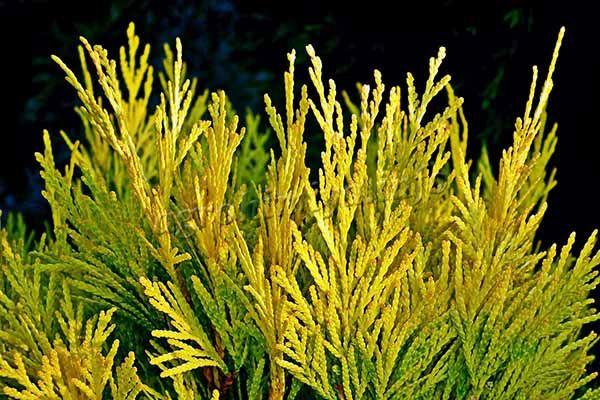
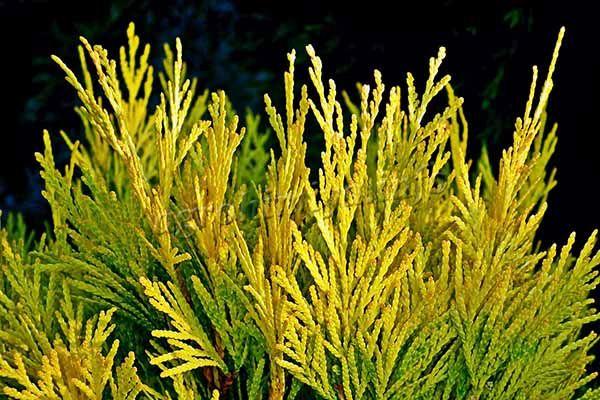
When the crown begins to turn yellow massively, thuja grabs magnesium and potassium
- If the green color of the thuja has changed to red shades, it means that there is not enough phosphorus in the soil. A simple feeding with phosphorus fertilizer will be enough to save the thuja.
- The light yellow color of the branches indicates a lack of iron.
- When the crown begins to turn yellow en masse, the culture grabs magnesium and potassium. In this case, as in the previous one, you need to urgently apply fertilizers from yellowing, otherwise the plant will continue to change color and eventually die.
- If thuja practically does not produce young twigs from spring to summer, this is a sign of a lack of nitrogen. But it is not recommended to bring it in late summer or autumn. Only in the spring will this element benefit the culture. In the summer, it is brought in in small quantities.
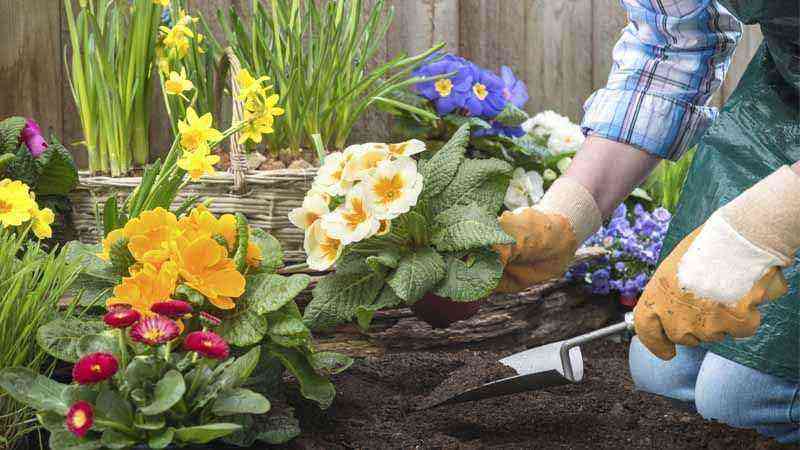
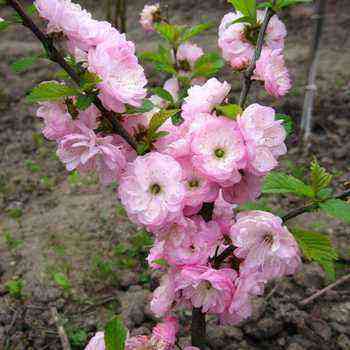
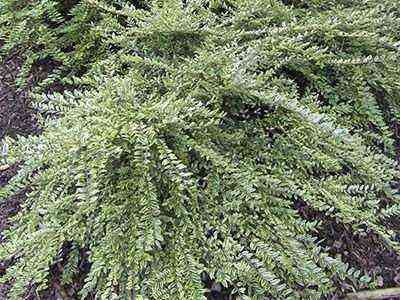

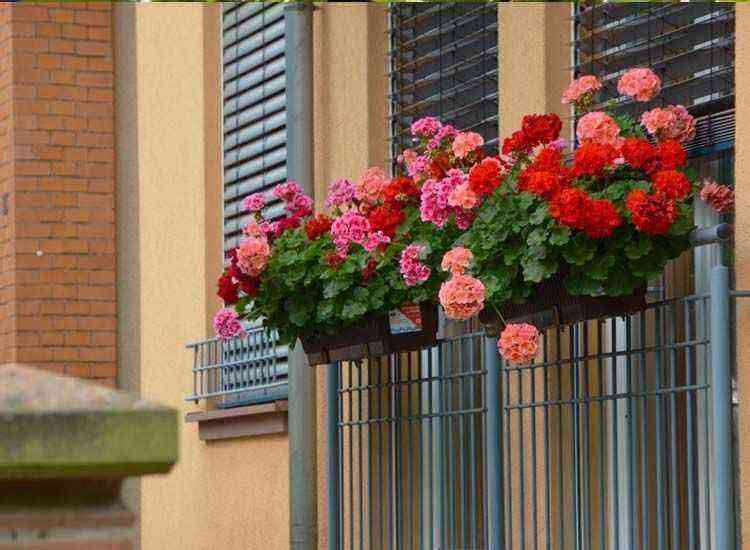
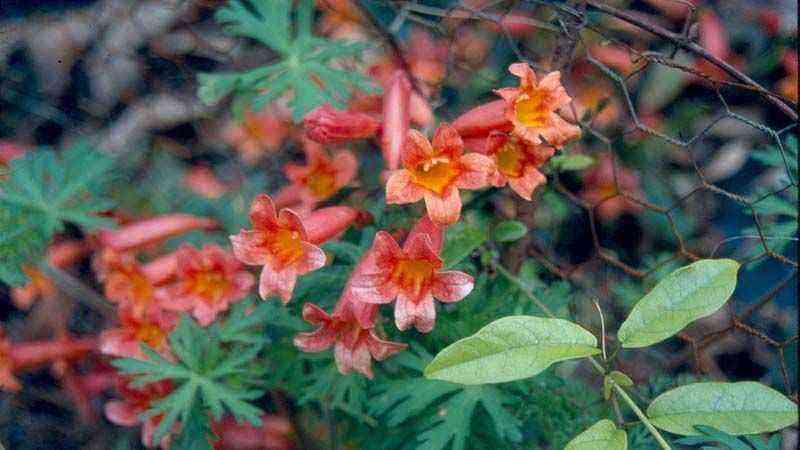
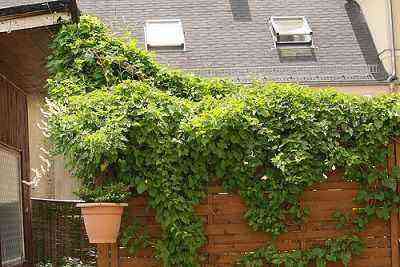
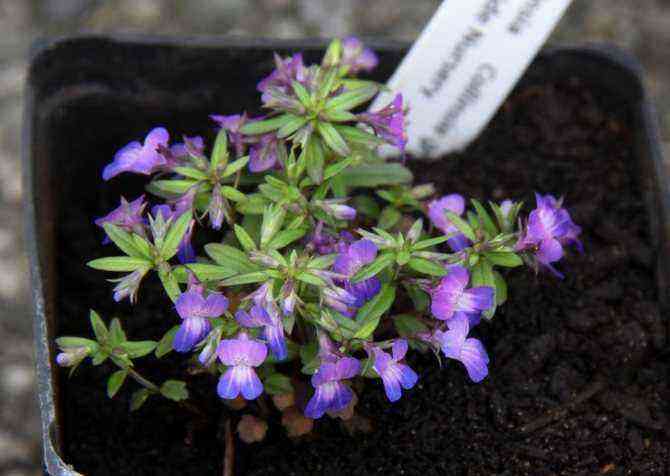
![Cultivo de Magnolia stellata [magnolia estrellada] Cultivo de Magnolia stellata [magnolia estrellada]](https://farmer-online.com/wp-content/uploads/2021/05/Cultivo-de-Magnolia-stellata-magnolia-estrellada.jpg)
